Preview |
PDF (Original Article)
- Requires a PDF viewer such as GSview, Xpdf or Adobe Acrobat Reader
1MB |
Preview |
PDF (Supplementary Material)
- Requires a PDF viewer such as GSview, Xpdf or Adobe Acrobat Reader
827kB |
| Item Type: | Article |
|---|---|
| Title: | Worse recovery from acute attacks and faster disability accumulation highlights the unmet need for improved treatment in patients with late-onset neuromyelitis optica spectrum disorders (COPTER-LO study) |
| Creators Name: | Kretschmer, J.R., Tkachenko, D., Kümpfel, T., Havla, J., Engels, D., Paul, F., Schindler, P., Bellmann-Strobl, J., Berthele, A., Giglhuber, K., Zappe, C., Klotz, L., Revie, L., Dawin, E., Senel, M., Tumani, H., Bergh, F.T., Warnke, C., Kraemer, M., Walter, A., Bayas, A., Zettl, U.K., Lauenstein, A.S., Yalachkov, Y., Etgen, T., Kaste, M., Luessi, F., Gingele, S., Passoke, S., Weber, M.S., Sieb, J.P., Haarmann, A., Oschmann, P., Rothhammer, V., Geis, C., Kowarik, M.C., Kern, P., Grothe, M., Stephanik, H., Angstwurm, K., Hoffmann, F., Wallwitz, U., Wildemann, B., Jarius, S., Stellmann, J.P., Pakeerathan, T., Schwake, C., Ayzenberg, I., Kleiter, I., Fischer, K., Aktas, O., Ringelstein, M., Häußler, V., Trebst, C. and Hümmert, M.W. |
| Abstract: | OBJECTIVE: This study analyzed clinical characteristics, attack recovery and long-term disability accumulation in late-onset (LO ≥ 50 years at onset) versus early-onset (EO < 50 years) NMOSD. METHODS: This multicenter cohort study included demographic and clinical data from 446 NMOSD patients collected from 35 German Neuromyelitis Optica Study Group (NEMOS) centers. Time to disability milestones was estimated through Kaplan-Meier analysis and Cox proportional hazard regression models adjusted for sex, year of onset, immunotherapy exposure and antibody status. Generalized estimating equations (GEE) were used to compare attack outcomes. RESULTS: Of the 446 NMOSD patients analyzed (83.4% female, 85.4% AQP4-IgG-positive, median age at disease onset = 43 years), 153 had a late-onset (34.3%). AQP4-IgG+ prevalence was higher in LO- than in EO-NMOSD (94.1% vs. 80.9%, p<0.001). Optic neuritis at onset was more frequent in EO-NMOSD (27.4% vs. 42.6%, p<0.002), whereas myelitis was more common in LO-NMOSD (58.4% vs. 37.9%, p<0.001). Both groups had similar annualized attack rates (AAR, 0.51 vs. 0.54, p=0.352), but attack recovery was poorer (complete remission in 15.6% vs. 27.4%, p<0.001) and relapse-associated worsening (RAW) was higher in LO-NMOSD (RAW: 3 vs. 0.5, p<0.001). Long-term immunotherapy use was comparable. LO-NMOSD exhibited faster progression to disability endpoints (EDSS 4: HR = 2.64, 95% CI=1.81–3.84). INTERPRETATION: LO-NMOSD patients presented more often with myelitis, experienced worse attack outcomes and faster disability accumulation, despite comparable AAR, acute attack treatment and long-term treatment regimens. Accordingly, therapeutic strategies for attack and prophylactic treatment in LO-NMOSD have to be improved. |
| Keywords: | NMOSD = Neuromyelitis Optica Spectrum Disorder, Aging, Late Onset, Immunoscenecence, Myelitis |
| Source: | Frontiers in Immunology |
| ISSN: | 1664-3224 |
| Publisher: | Frontiers Media SA |
| Volume: | 16 |
| Page Range: | 1575613 |
| Date: | 11 April 2025 |
| Official Publication: | https://doi.org/10.3389/fimmu.2025.1575613 |
| PubMed: | View item in PubMed |
Repository Staff Only: item control page

 Tools
Tools Tools
Tools

